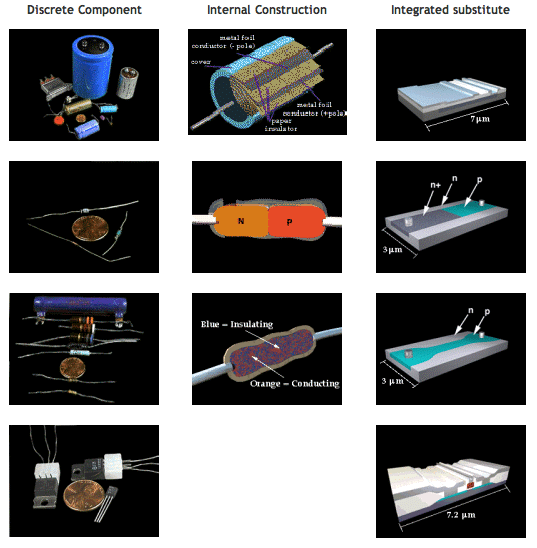
Why Discrete Circuits Rock!
At Burson Audio, we do things a bit differently, especially when it comes to sound. With over 20 years of experience in discrete audio op-amp R&D, we’re all about custom-designed circuits that deliver exceptional audio quality. Discrete circuits are like custom-tailored suits: they’re built for a specific purpose, giving you clearer, richer, and more detailed sound compared to one-size-fits-all IC op-amps.
Think of it this way: a system is only as good as its weakest link. That’s why we use only the best components in our designs. Our printed circuit boards (PCBs) are built with thick, high-purity copper traces, gold-plated soldering pads, and an extra coating to prevent oxidation. They’re hand-built with precision, using only the finest metal-film resistors and audio-grade parts to keep the signal path as clean and direct as possible.


Key Benefits of Discrete Circuits
• Tailored design for each application, not a generic fit
• Reduced component count for a cleaner signal
• Top-quality, audio-grade components throughout
• 1%-matched metal-film resistors & silver mica capacitors
• Temperature stability for consistent performance
• Individually tested transistors, chemically optimized for their specific role, whether NPN or PNP
The Flaws of IC Op-Amps
There’s a common misconception among audiophiles: that Integrated Circuit (IC) op-amps are just as good as discrete designs. Let’s clear that up! IC op-amps try to be a jack-of-all-trades but master of none. They’re built on a tiny slice of silicon—smaller than a grain of rice—and that’s where the problems begin.
Because of their size, IC op-amps can’t incorporate high-quality audio transistors like those found in Burson’s discrete designs. Each transistor in a discrete op-amp undergoes chemical optimization for its specific role, boosting both performance and sound quality. This level of precision just isn’t possible with IC op-amps.



IC Op-Amps: Not Built for Audio Purists
IC op-amps also suffer from poor internal connections. These connections are formed by a thin layer of aluminum vapor, barely thicker than the mist on a foggy window. This weak conductor degrades musical texture. Moreover, the tightly packed components inside IC op-amps are prone to electromagnetic interference (EMI), which further muddies the sound.
In short, IC op-amps are built for cost-saving, not for delivering superior sound. They’re just not in the same league as discrete designs, which allow for greater detail, clarity, and authenticity in your music.
The Burson Difference
With two decades of experience, Burson Audio’s discrete designs bring music to life. By eliminating the weaknesses of IC op-amps and focusing on custom circuitry, we ensure every note, beat, and sound is as pure as it gets. So, when you’re ready for an upgrade, go for the best—go discrete!
To learn more about the fabrication process of integrated Circuits please visit the following links: “How Can We Create an Integrated Circuit from Sand?” Exploration 1B: Comparing Macroscopic and Microscopic Circuit Components by Melonie A. Teichert, Angelica M. Stacy, Alice C. Rico, Susan E. Kegley, Jennifer G. Loeser, Marco Molinaro, and Susan E. Walden. Applets programming by Cora Estrada and Toshiro Horie.Circuit images by Marco Molinaro, Susan Walden and Sue Whitmore. (http://chemistry.beloit.edu/Chip/pages/macromic.html) “The History of the Integrated Circuit” by Nobelprize .org (http://nobelprize.org/educational_games/physics/integrated_circuit/history/) Reference: “Plasmas and Plasma-Surface Interactions” by Dr Paul May , University of Bristol, Bristol BS8 1TS, UK “Integrated circuits” by Integrated Publishing, USA “Integrated circuit” Wikipedia, The free encyclopedia
